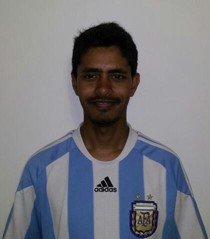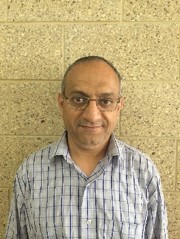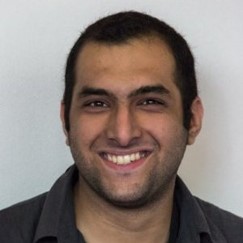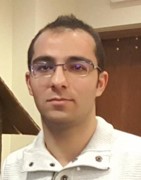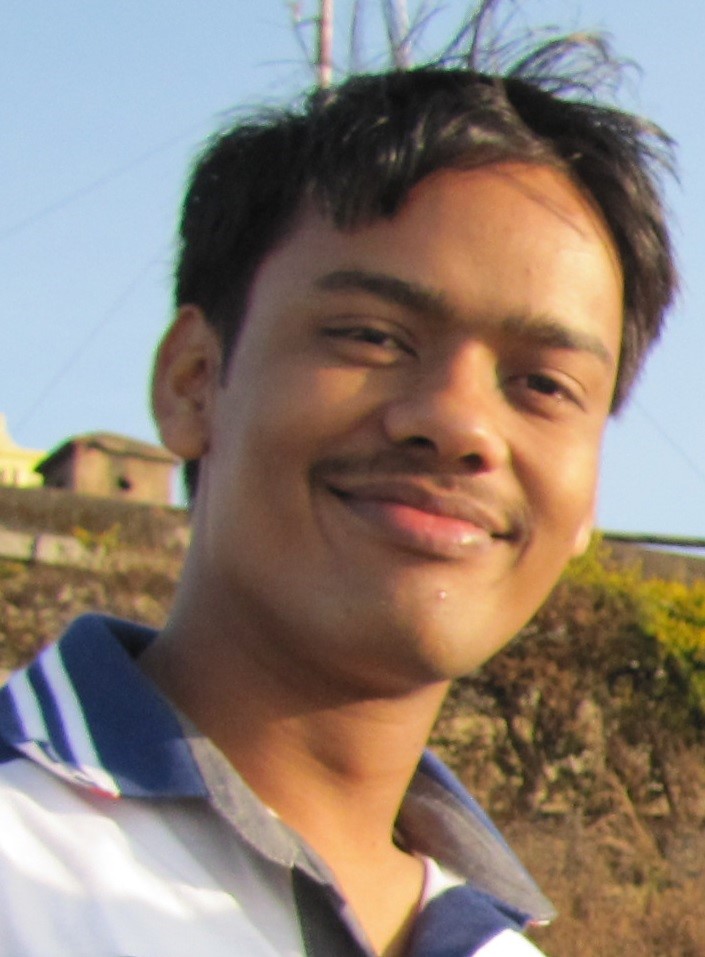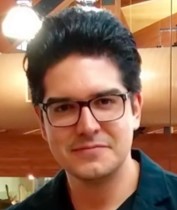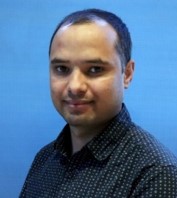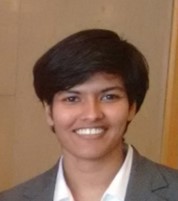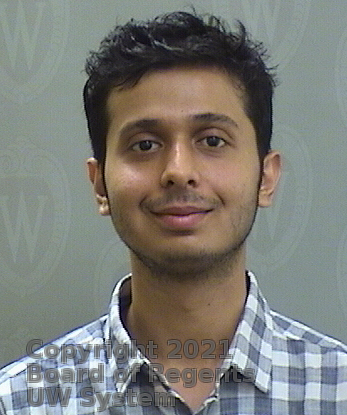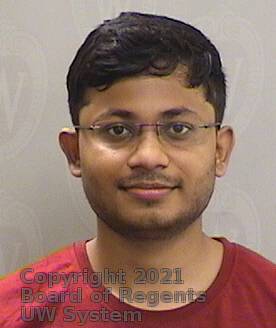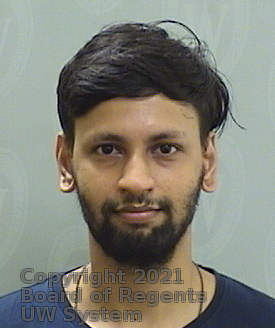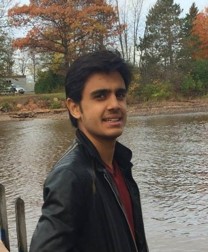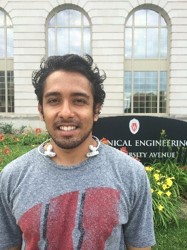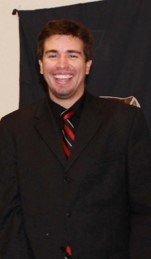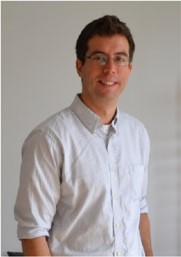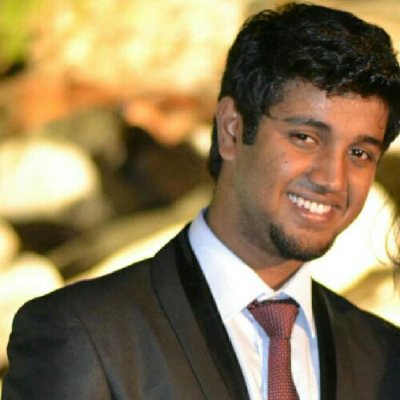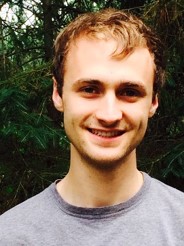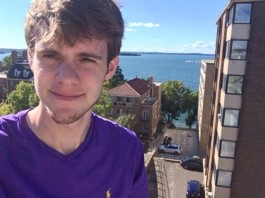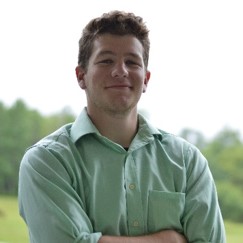Research Summary
Prof. Suresh is the director of the Engineering Representations and Simulation Lab (ERSL) . The ERSL research group focuses on large-scale topology optimization, design for additive manufacturing, and high performance finite element analysis (FEA).
The novelty in the topology optimization approach is the concept of topological level-set that combines topological sensitivity and level-set in a simple and robust manner. This has resulted in innovative methods for handling manufacturing constraints, tracing Pareto curves in multi-objective optimization, designing multi-materials and compliant mechanisms.
In parallel, the research group has made several ground breaking advances in high-performance finite element analysis. The dual-representation strategy demonstrated how classic beam and shell theories can be used as efficient preconditioners for 3D FEA. The novel concept of tangled FEA extends classic FEA to tangled meshes containing inverted elements, bypassing the unsolved problem of mesh untangling. The group also proposed the idea of limited-memory deflated FEA to exploit modern multi-core CPUs and many-core graphic programmable units (GPUs).
Research Interests
- Large-scale multi-constrained topology optimization
- Design optimization for additive manufacturing
- Additive manufacturing simulation
- High-performance (GPU/Cloud) computing
- Limited-memory finite element analysis
- Mesh generation
Software
Several software modules have been created by our research group; please see links to the right.
For example, a Matlab-based design optimization toolbox Design Optimization Software accompanies the text Design Optimization using Matlab and SolidWorks, authored by Prof. Krishnan Suresh. This module also includes SolidLab, a Matlab-based interface to SolidWorks. Also available is a Matlab-based Medial Axis Generator (Matlab) for 2D objects.
A Matlab-based design reliabiity software toobox Design Reliability Software has also been recently added.
In classic NURBS, the weights are equal along all physical coordinates. By allowing the weights to change independently in each physical coordinate, a new curve is generated which is called Generalized NURBS (GNURBS). GNURBS Lab is a MATLAB toolbox devised to generate and manipulate Generalized NURBS curves.
A unique characteristic of the research is that it has been translated into industry-strength software. For example, in 2013, the group released ParetoWorks , a topology optimization software that is integrated into SolidWorks™. It is now used by over 50+ universities around the world, and by several industrial partners. Then, in 2015, the group launched CloudTopopt , a unique cloud-based finite element analysis and topology optimization software, used by several hundred designers around the world.
As part of an outreach activitiy, we have also developed CADjs , a Javascript-based CAD programming environment. CADjs is now used both in undergraduate classes, and at local Middle and High Schools.Current and Graduated ERSL Students
Praveen Yadav
PhD, 2016
CTO, SciArt
praveen.yadav@sciartsoft.com
Shiguang Deng
PhD, 2016
Research Scientist, MSC Software
sdeng9@wisc.edu
Chaman S. Verma
PhD, 2017
Research Scientist, Palo Alto Research Center
chaman.verma@parc.com
Amir M. Mirzendehdel
PhD, 2017
Research Scientist, Palo Alto Research Center
amirzend@parc.com
Alireza Taheri
PhD, 2021
Postdoc, USC
al.h.taheri@gmail.com
Tej Kumar
PhD, 2021
Parametric Technology
tkumar3@wisc.edu
Buzz Rankouhi
PhD Candidate
rankouhi@wisc.edu
Subodh Subedi
PhD Candidate
scsubedi@wisc.edu
Aaditya Chandrasekhar
PhD Candidate
achandrasek3@wisc.edu
Bhaghyashree Prabhune
PhD Candidate
bprabhune@wisc.edu
Saketh Sridhara
PhD Candidate
ssridhara@wisc.edu
Rahul Padhy
MS/PhD Candidate
rkpadhy@wisc.edu
Akshay Kumar
MS/PhD Candidate
akshaykumar@wisc.edu
Anirudh Krishnakumar
MS, 2016
Product Manager GrabCAD
anirudh@grabcad.com
Anirban Niyogi
MS, 2015
niyogi@wisc.edu
Cameron Gilanshah
MS, 2016
gilanshah@uwalumni.com
Victor Cavalcanti
MS, 2015
cavalcanti@wisc.edu
Nikhil Agarwal
Undergrad Research Assistant
nagarwal22@wisc.edu
Alex Buehler
Undergrad Research Assistant
aebuehler@wisc.edu
Jimmy Herman
Undergrad Research Assistant
jherman3@wisc.edu
Victor Markus
Undergrad Research Assistant
vmarkus@wisc.edu
The research group current consists of about 15 highly talented students. Students join ERSL from all over the world including the United States, China, India, Iran, Israel and Europe.
Current Research Projects
-
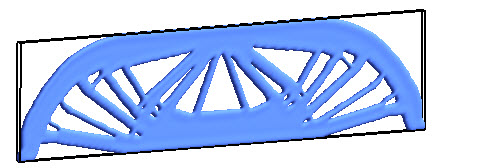
Topology optimized design for the classic MBB problem.
-
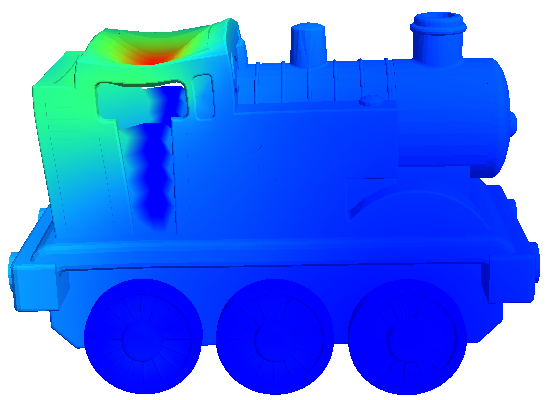
A "Thomas Train" structural problem with 50 million degree of freedom solved on a GPU in 24 minutes.
-
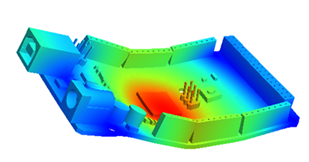
Transient response of a million degree of freedom "Arduino Board" subject to an impulse loading.
-
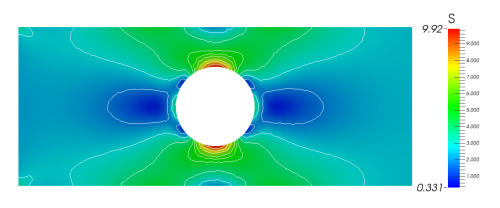
A tangled quad mesh over which FEA was solved with high accuracy.
-
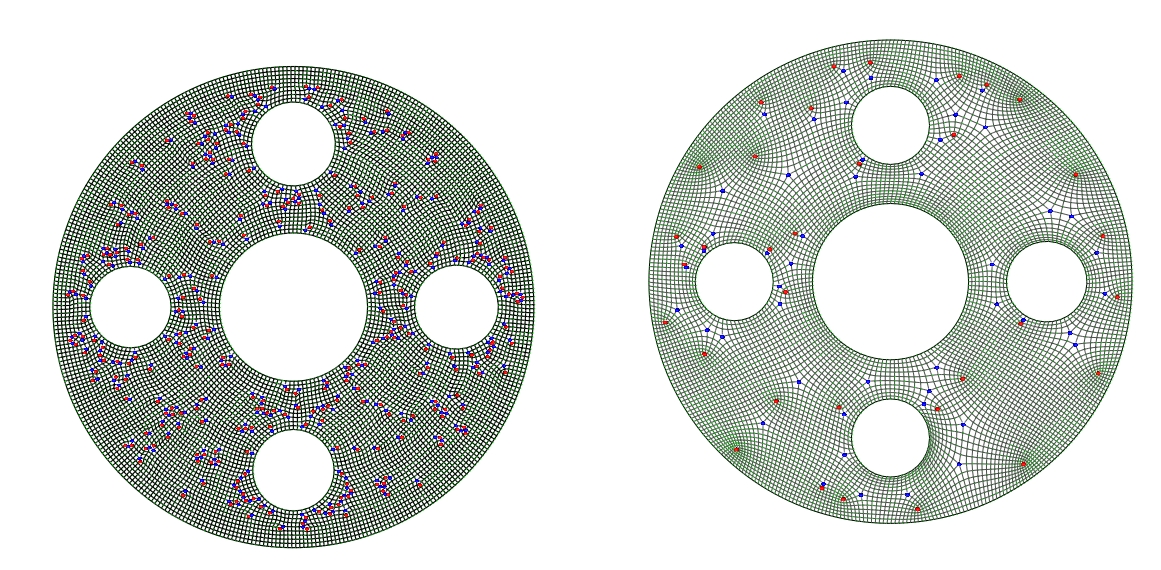
The number of singularities in a quad mesh is reduced without affecting element quality.
-
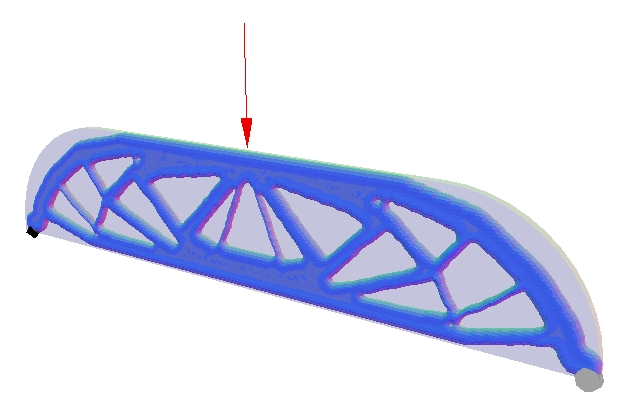
The solution to the classic "Michelle Bridge" problem via the topological level-set.
-
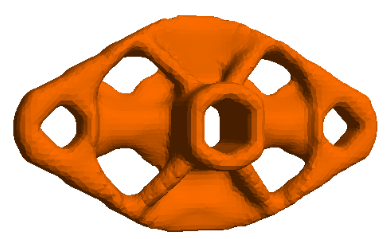
Optimal topology of a flange subject to compliance, stress and eigen-value constraints
-
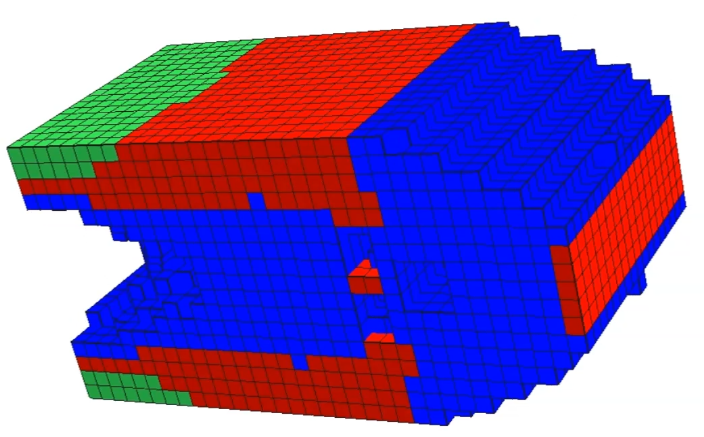
The solution to classic cantilever compliance minimization problem, but using three different materials.
-

A hinge-free solution to the classic cruncher mechanism.
-
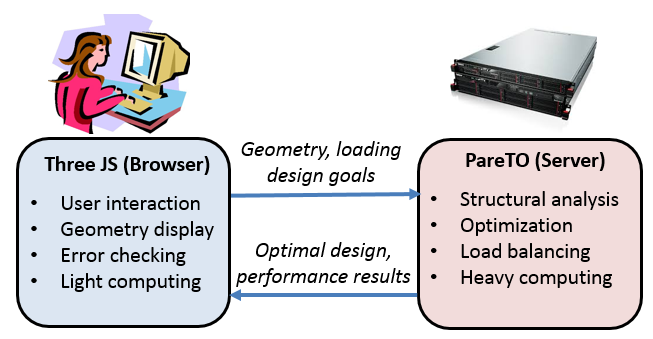
Client-server architecture underlying cloudtopopt.
-
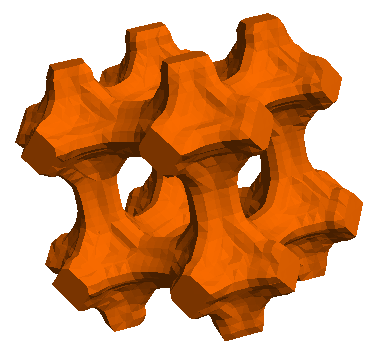
A microstructure with optimal bulk modulus.
-

A NURBS based iso-geometric solution to the classic MBB problem.
-
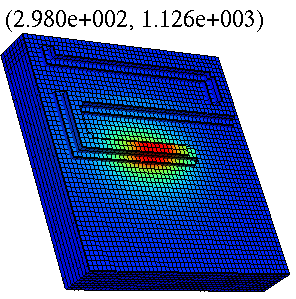
A snap-shot of thermo-elastic simulation of the LENS process
Graduated Students
- 2012 Josh Danczyk (Ph.D.)
- 2011 Vikalp Mishra (Ph.D.), Inna Turevsky (Ph.D.), Kavous Jorabchi (Ph.D.)
- 2010 Vaibhav Deshpande (M.S.)
- 2009 Wa’el Abdel Samad (M.S.)
- 2008 Sahil Kulakarni (M.S.)
- 2007 Sankara Hari Gopalakrishnan (M.S)
- 2006 Himanshu Tiwari (M.S.), Rakesh Vemulapally (M.S.), Murari Sinha (M.S.)
- 2005 Ameya Sirpotdar (M.S.)
ERSL has graduated 4 PhD and 8 MS students; they are currently employed in academia, as well as semiconductor, machinery and software industries.
